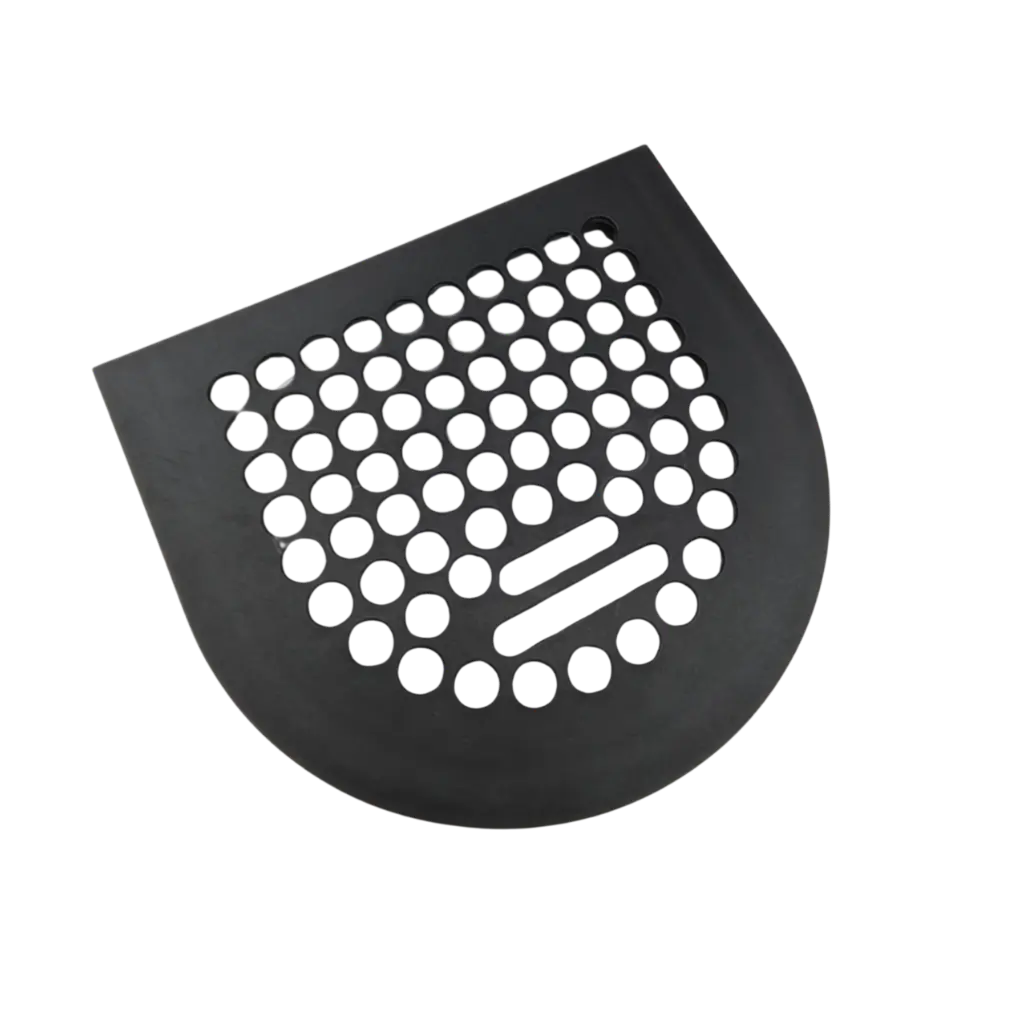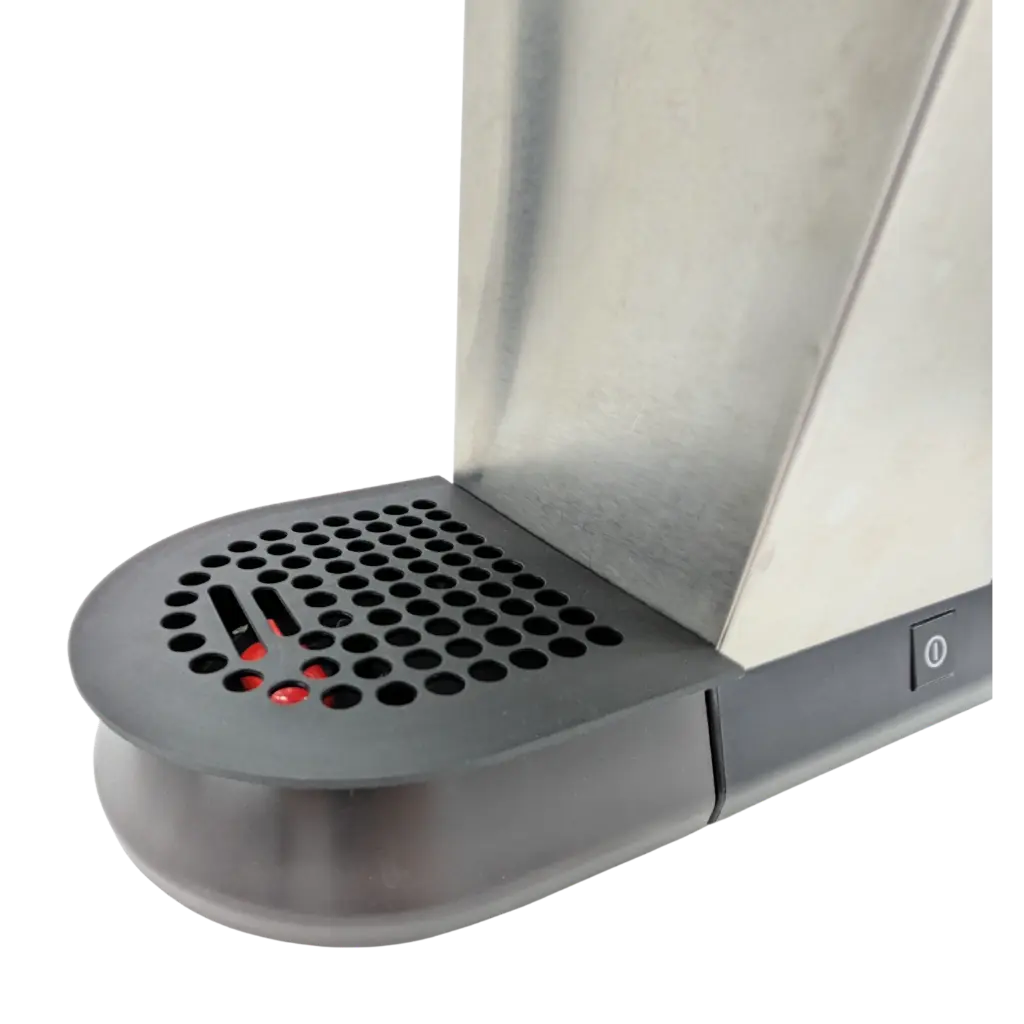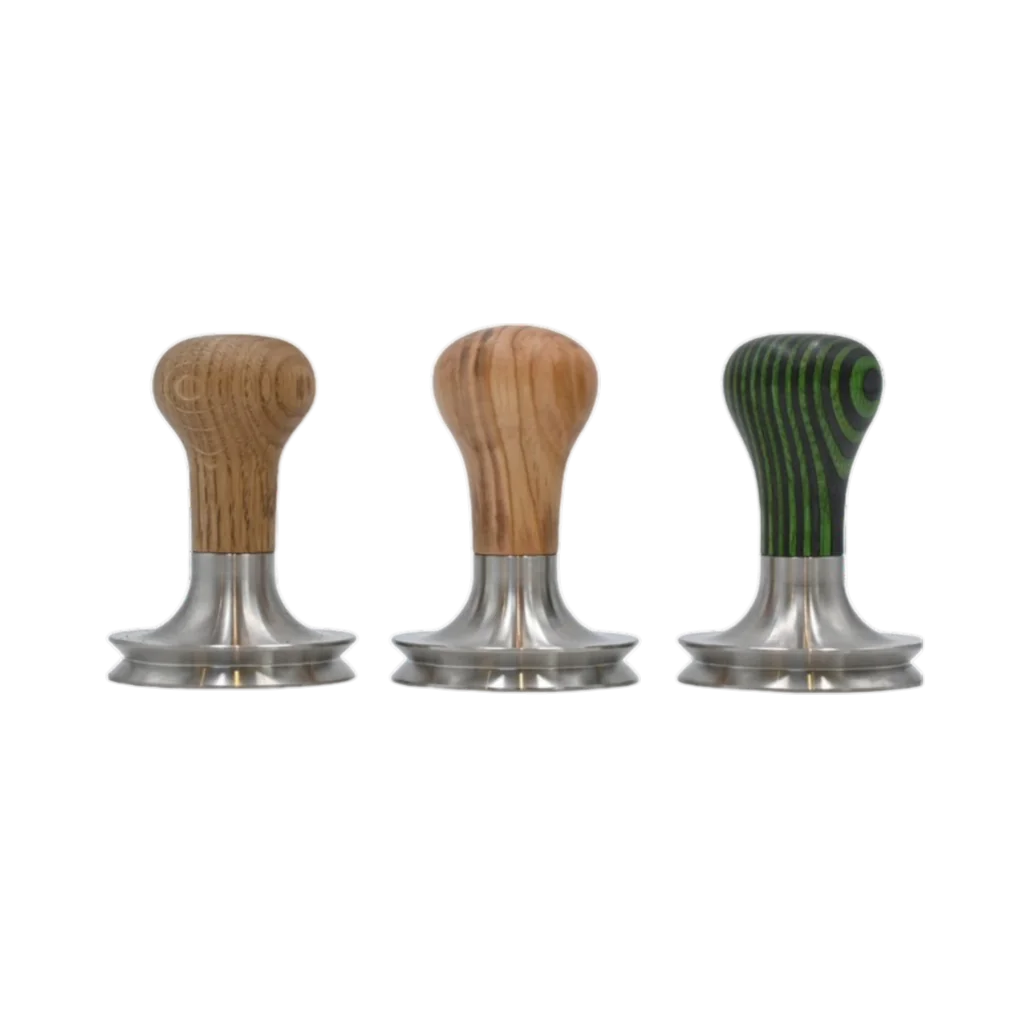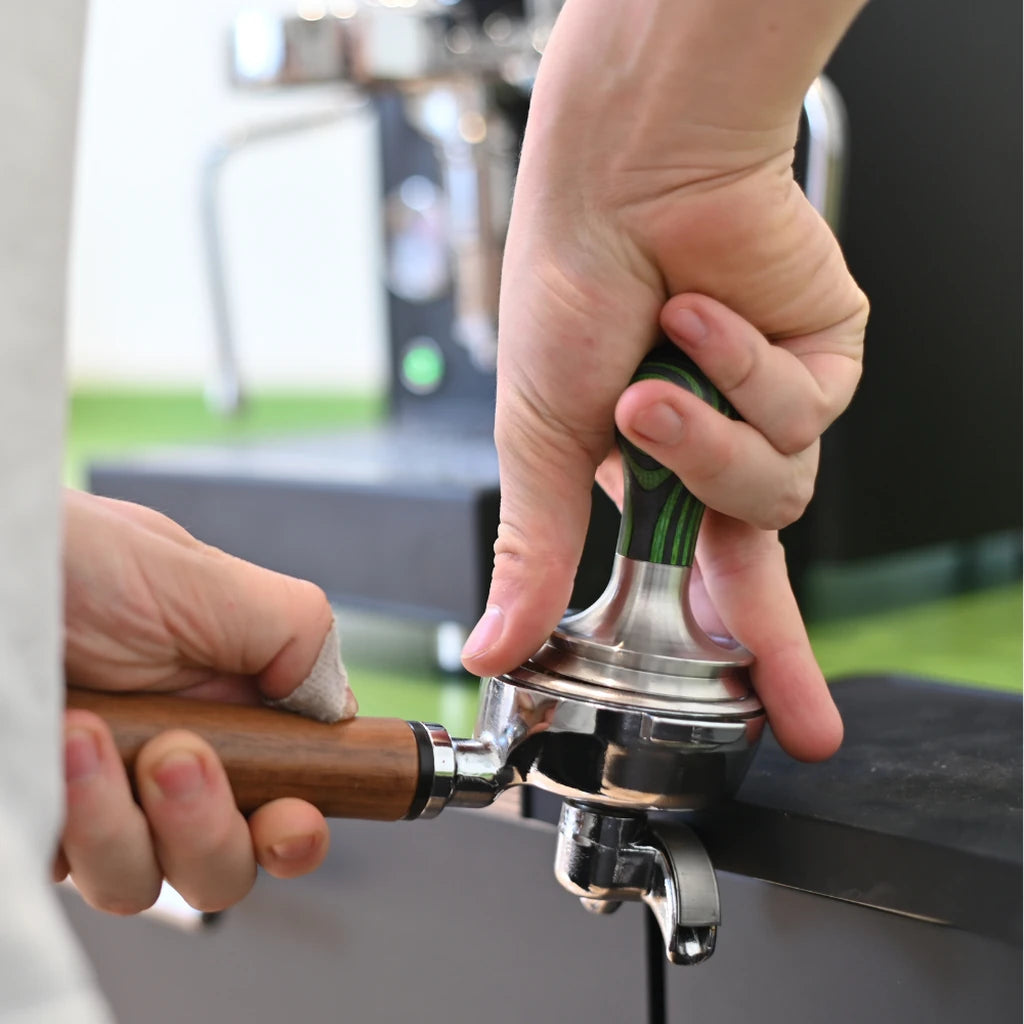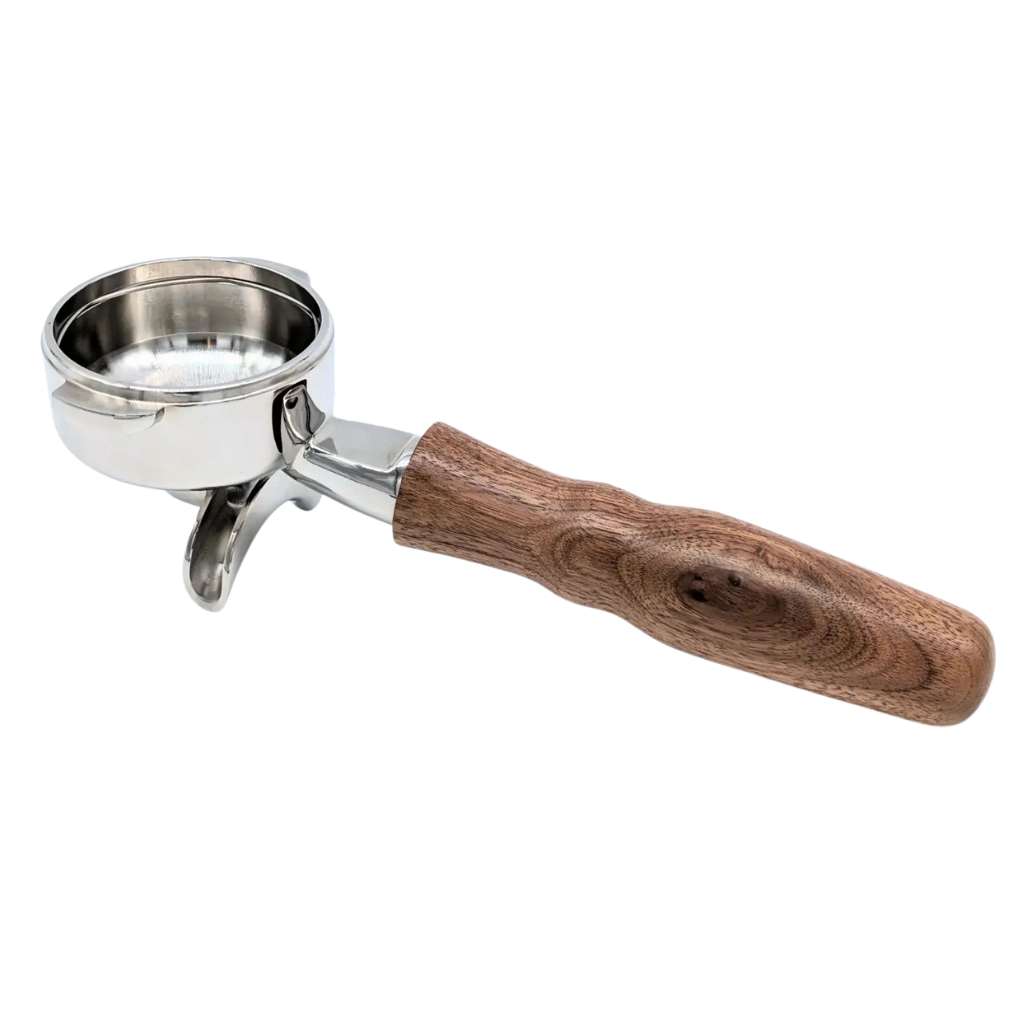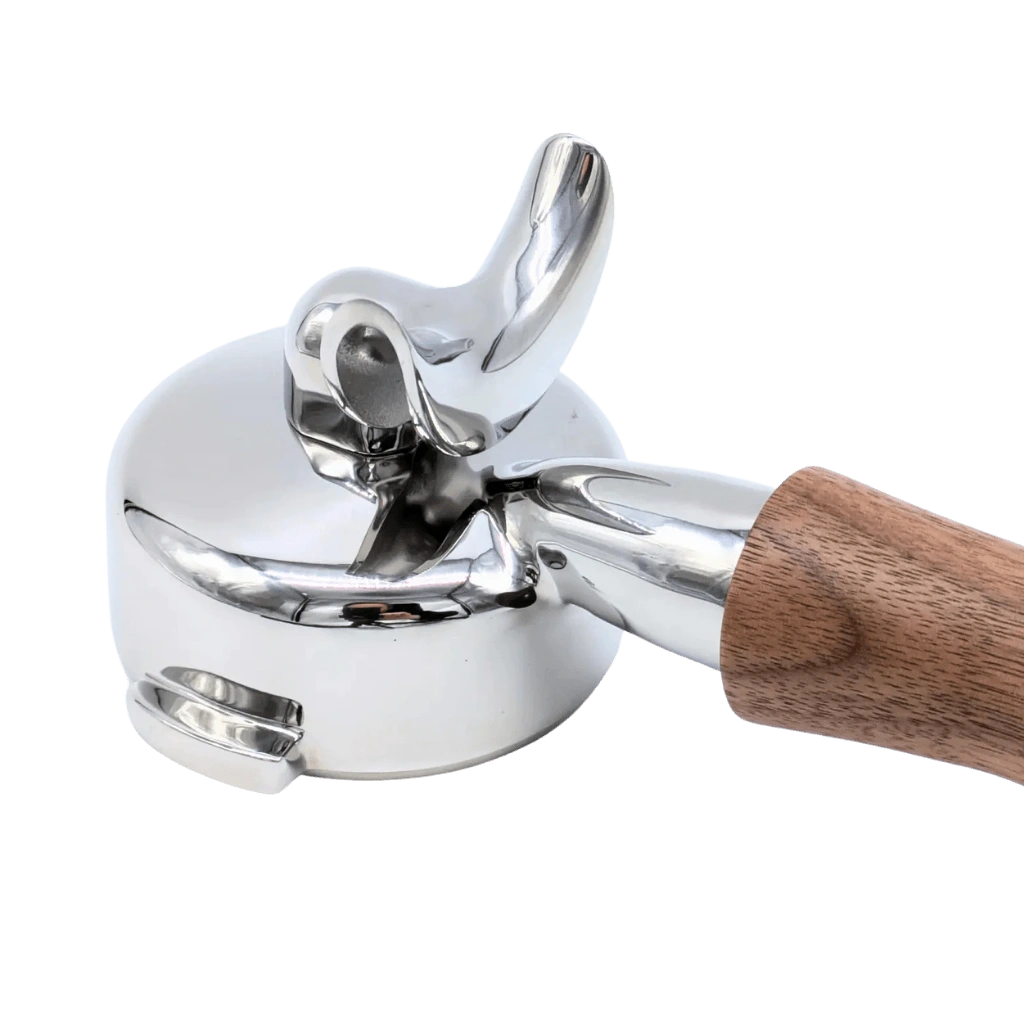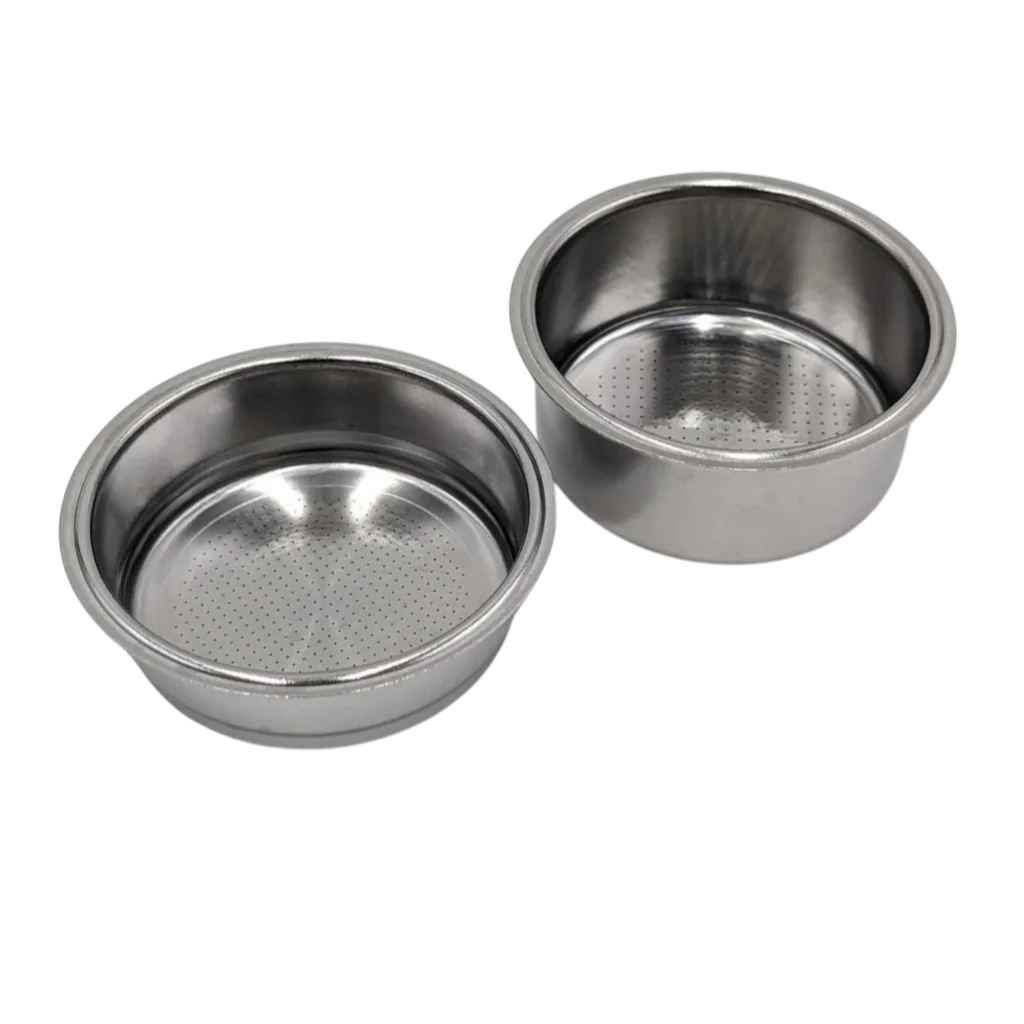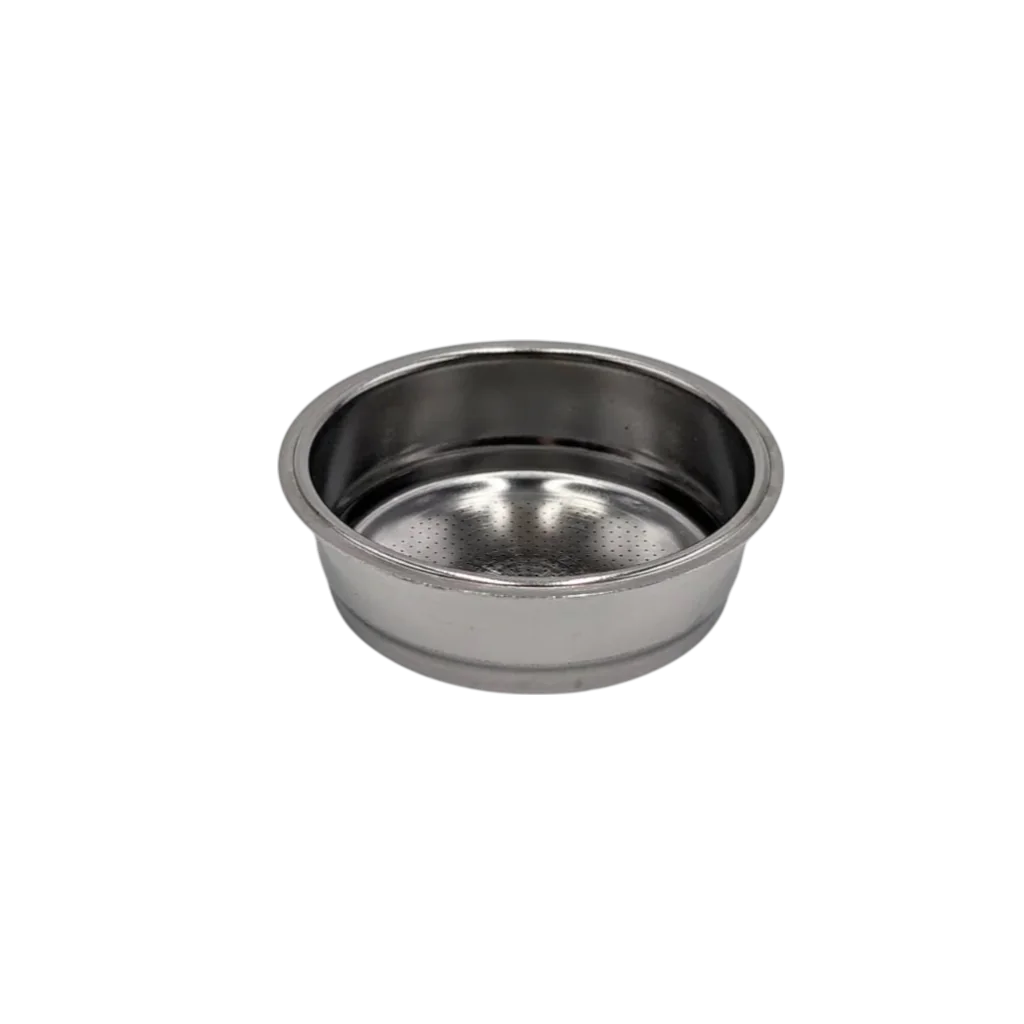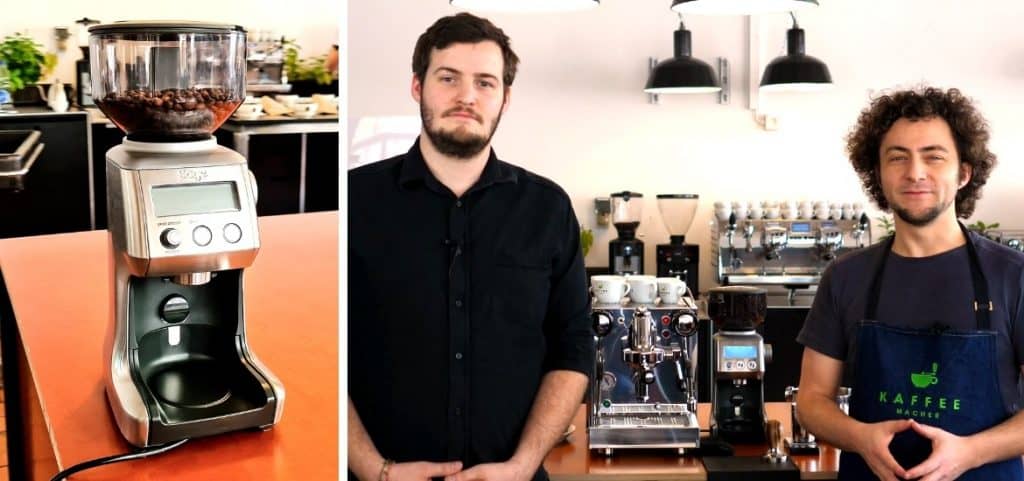Which espresso grinder is best for beginners? There's a good indication that the Sage Smart Grinder Pro deserves this title.
The question of excellent entry-level grinders has been on our minds for some time now – partly because we receive numerous emails and comments asking this very question every day. Therefore, in recent years, we have also specifically tested entry-level grinders in the price range. The Sage Smart Grinder Pro has already undergone two tests with us. In April 2020, I had the opportunity to examine the product with Vice Barista Master (1 in Germany, 3 in Switzerland), Felix Hohlmann. In 2022, the Sage Smart Grinder Pro is part of our large espresso grinder comparison of 24 coffee grinders for home use.
The Sage Smart Grinder Pro impressed us in both tests. We consider it one of the most interesting espresso grinders for those just starting out in the world of coffee.
If you'd like to support us in acquiring additional test equipment, you can do so by ordering the Sage Smart Grinder Pro through this affiliate link . It won't cost you any more, but we'd appreciate it.
What criteria are important for assessing the quality of an espresso grinder ?
- Does the grinder grind for espresso? Can the grind be adjusted finely to create enough resistance in the portafilter to prevent the espresso from flowing through too quickly? (Guide: How to adjust espresso settings here .)
- Is the ground material homogeneous? The majority of the ground material should be the desired size and not clumpy. Many smaller or larger particles will result in increased acidity or bitterness in the taste.
- Is it easy to use? Can the grind setting be adjusted in steps or continuously, and is the internal grinder easy to adjust?
- Consistency? Does the machine consistently dispense the desired amount of coffee, or does it fluctuate from shot to shot.
- Dead space ? How much coffee remains in the grinder after grinding and is therefore included as "old" coffee in the next grind.
- Does it heat up with regular use? Do the burrs, and therefore the coffee, heat up significantly with use? This can lead to a change in taste.
Espresso-fine!
The espresso grinder's grind setting can easily be adjusted to a fine level that allows a good espresso to be brewed in 25 or 30 seconds. The grind setting is adjusted using the dial on the right side of the grinder. The digital display shows the current grind setting, which helps with orientation.
 Digital display of the Sage Smart Grinder Pro
Digital display of the Sage Smart Grinder Pro
What's somewhat confusing is that when turning the grind adjustment dial, you can feel the gears moving in increments that don't always correspond with the digital display. For example, I adjust the gear by three steps, but the digital display only moves forward by two. As a result, you shouldn't rely entirely on the grind adjustment dial—which, in our opinion, isn't possible anyway. Coffee is a natural product that changes due to external influences. For example, if the humidity in the room increases, the coffee grounds tend to clump more, and the grinder needs to be adjusted slightly.
Working with an espresso grinder is never a complete process. Minor adjustments are simply made from one brew to the next.
The thing about the consistency of the espresso grinder
We made 40 consecutive espresso shots. The grinder's consistency was astonishing. We set the grinder to a target grind of 18 grams. With the Sage Smart Grind Pro, this setting is made via the grind time . We set a grind time of 16 seconds using a programmable button. The grind time can be determined by trial and error and weighing. 16 seconds is relatively long compared to professional grinders, but comparable to other grinders up to €500. (Gastronomic grinders grind approximately 18 grams in 3-6 seconds.)
Over 40 extractions, the result fluctuated by a maximum of 0.4 grams. This value is very good and actually comparable to professional espresso grinders. In this case, it speaks more in favor of the household grinder, as we've long been surprised that commercial grinders aren't more precise.
The large variations in grinders are one of the reasons why participants in barista championships weigh each individual shot on a scale.
How does the espresso taste and how consistent was it?
By adjusting the grind size, we quickly achieved a good espresso. It was balanced and met all our expectations for our Dreispitz espresso . We noticed that after several consecutive extractions, the extraction time became increasingly shorter. While the first few extractions took 29 seconds, the tenth espresso took only 22 seconds. The repeated extractions also led to a significant warming of the ground coffee.
It should be noted, however, that the grinder is not designed for this purpose. This should definitely be kept in mind when using it. By slightly adjusting the grind size, and thus the extraction rate, you can keep it constant.
However, grinding too frequently in a short period of time should still be avoided. Coffee that's overheated will taste significantly different, and the grinder's longevity will also suffer.
 Comparison of particle distribution. In terms of particle distribution, the Sage Smart Grinder Pro falls between the Sette 270 wi and Graef on the right and the grinders with flat burrs on the left. The grinders were each adjusted so that the espresso brews at the same time. Read more in the Graef CM800 and Niche reviews.
Comparison of particle distribution. In terms of particle distribution, the Sage Smart Grinder Pro falls between the Sette 270 wi and Graef on the right and the grinders with flat burrs on the left. The grinders were each adjusted so that the espresso brews at the same time. Read more in the Graef CM800 and Niche reviews. 
Our data collected in 2021/22 also show good grind quality, especially in the main peak of the Sage Smart Grinder Pro and its smaller sister, the Sage Dose Control . Good espresso grinders have a high and narrow main peak. In fact, the Sage Smart Grinder Pro is one of the better grinders among the 24 espresso grinders tested. The main peak can also be translated differently: The more particles ejected in this area, the more precisely the desired grind is selected.
The fine peak of the Sage Smart Control is on the higher side. This is reflected in the texture and a certain bitterness. However, in our tests, this did not dominate the coffee.
Operating the Sage Smart Espresso Grinder Pro
The machine is easy to operate. The dial on the side is easy to turn, allowing you to adjust the grind. The digital display gives you an idea of the grind setting. The programmable grind setting is constant. Eight programming ranges are possible. This is completely overkill – but it's not a problem.
In general, the digital display provides a good overview and makes control easier. We also have the Sage Dose Control espresso grinder here. It looks similar, but lacks the digital display. Our first impression is that it's a practical tool, especially for beginners.
As with the Sage Barista Pro and Express espresso machines, the grind size can be adjusted if the default setting is too fine or too coarse. Because we've received a lot of questions about these two machines, we've created a dedicated questions page . (Disclaimer: Just to clarify. We don't sell Sage machines. We weren't paid by Sage. We buy our test machines ourselves. And we test these machines because you have a lot of questions about them, and as coffee makers, we consider answering coffee questions to be one of our responsibilities.)
All grinders have a basic grind setting. This works for almost all coffees. However, particularly light or dark roasted coffees may fall outside the range. In this case, the grinder's basic setting can be adjusted as shown in the following video.
Dead space is the ground coffee residue in the mill
After every grinding, some coffee grounds remain in almost every grinder. In small crevices, screw holes, between the grinding discs – all of these are common storage areas. The more coffee grounds remain in such cavities, the more it negatively impacts the next espresso extraction. The more regularly a grinder is used, the less of a problem this becomes. The longer ground coffee ages in the grinder, the more it affects the flavor and the next extraction.
With the Sage Smart Grind Pro, we measured approximately 2.7 grams of coffee in the dead space. To do this, we disassembled the grinder and swept everything together. This is a lot compared to a grinder like the Niche Zero , which only has 0.47 grams of dead space. However, compared to the Graef CM800 and its weighed 8 grams of coffee, this is a manageable value. The Graef is more of a competitor to the Sage Smart Espresso Grinder in terms of price, and it wins this comparison.
However, we would always advise you: if the grinder has been standing for more than 15 minutes, simply grind out a few grams. Then you can be sure that your next espresso will be perfect and not brewed with old coffee.

Features and conclusion of the Sage Smart Grinder Pro
We're providing a correction to our video here. There, we mention that there's no portafilter holder on the grinder. This is incorrect. There are actually two, so you can rest the portafilter while the grinder grinds into it. This works with portafilters with a diameter of 50–58 mm.
The mill is very compact, measuring 22 cm wide, 38 cm high, and 15 cm deep. The housing is made of stainless steel and plastic.
We have a very good impression of the Sage the Smart Grinder Pro espresso grinder. We haven't yet tested an espresso grinder that performs so well for this price.
Therefore: until further notice, this grinder is our beginner's tip as an espresso grinder. 
![]()











